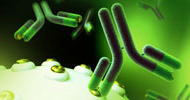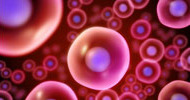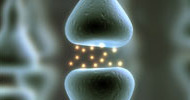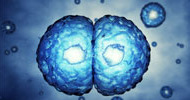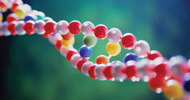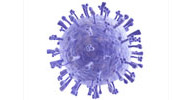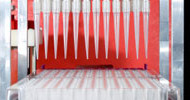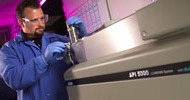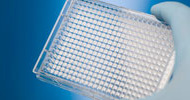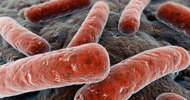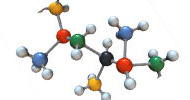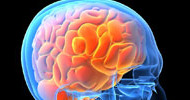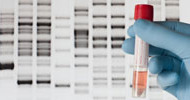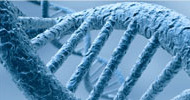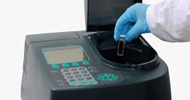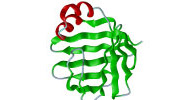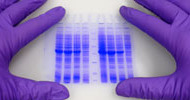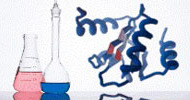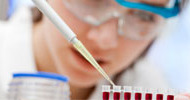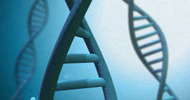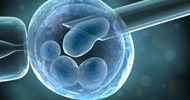Description
Next generation software adds modules for knowledge-based prediction of toxicity and application of over 20,000 bioisosteric transformationsCAMBRIDGE, UK, 11 June, 2013 – Optibrium, a developer of software for drug discovery, today announced the release of version 5.4 of its StarDrop™ software platform. This new release offers enhanced features to guide the design of novel, safe and efficacious drugs by providing access to world-leading technologies for toxicity prediction and bioisosteric transformations. These new optional modules further extend StarDrop’s capabilities to intuitively target high quality compounds in drug discovery, reducing the time and cost to deliver drug candidates with an improved chance of success.
The new Derek Nexus™ module for StarDrop, developed in collaboration with Lhasa Limited, provides knowledge-based predictions of the likelihood of a compound causing toxicity in over 40 endpoints, including mutagenicity, carcinogenicity and hepatotoxicity. Seamlessly integrated with StarDrop’s Glowing Molecule™ visualisation, this new module guides the redesign of compounds to reduce the potential for toxicity. An easy-to-use reporting feature facilitates collaboration between chemists and expert toxicologists to interpret the results, enabling effective, timely decision-making regarding the prioritisation of chemistries early in the drug discovery process.
Stimulating the search for new optimisation strategies, the BIOSTER™ module extends StarDrop’s existing Nova™ module that generates new compound ideas, prioritised against a project’s required property profile. The BIOSTER module, developed with Digital Chemistry, adds over 20,000 precedented bioisosteric transformations, which Nova can use to generate a broad range of novel structures. This database has been expertly curated from the scientific literature, with citations to the original source material facilitating further chemical and biological validation of the new ideas. The combination of Nova and BIOSTER provides access to a wealth of chemical experience to generate strategies for exploration of hits, lead hopping and patent protection.
In addition, StarDrop 5.4 also sees further enhancements of its existing functionality. The renamed torch3D module, using Cresset’s unique Field technology to understand and apply 3D Structure Activity Relationship (SAR), has been updated to include the latest version of Cresset’s XED force field providing insight into compounds’ 3D structures, biological activities and interactions. The data visualisation component of StarDrop also receives a major upgrade, introducing new interactive plot types and increased flexibility to visualise and explore structure-activity relationships.
Dr Matthew Segall, Optibrium’s CEO, commented, “We are very pleased to release this exciting new version of StarDrop, including new modules developed with our partners, so soon after announcing our collaborations with Lhasa Limited and Digital Chemistry. This reinforces our commitment to work with the wider community of developers to deliver world-leading technologies which seamlessly integrate with our unique in-house technology in StarDrop’s intuitive user interface.”











